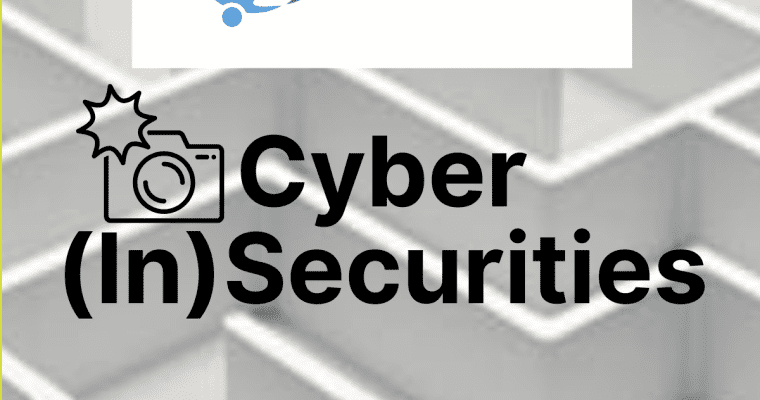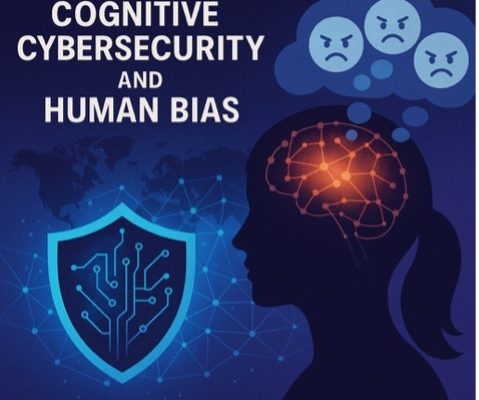Cyber (In)Securities – Issue 158 – Snapshot Edition
(In)Securities | Edition 158: Internet Users Advised to Change Passwords After 16bn Logins Exposed This edition dives into the massive RockYou2024 data dump, critical Citrix NetScaler flaws, and global breaches spanning Canada, Iran, and South Africa. We track MFA bypasses used by Russian hackers, malware …









